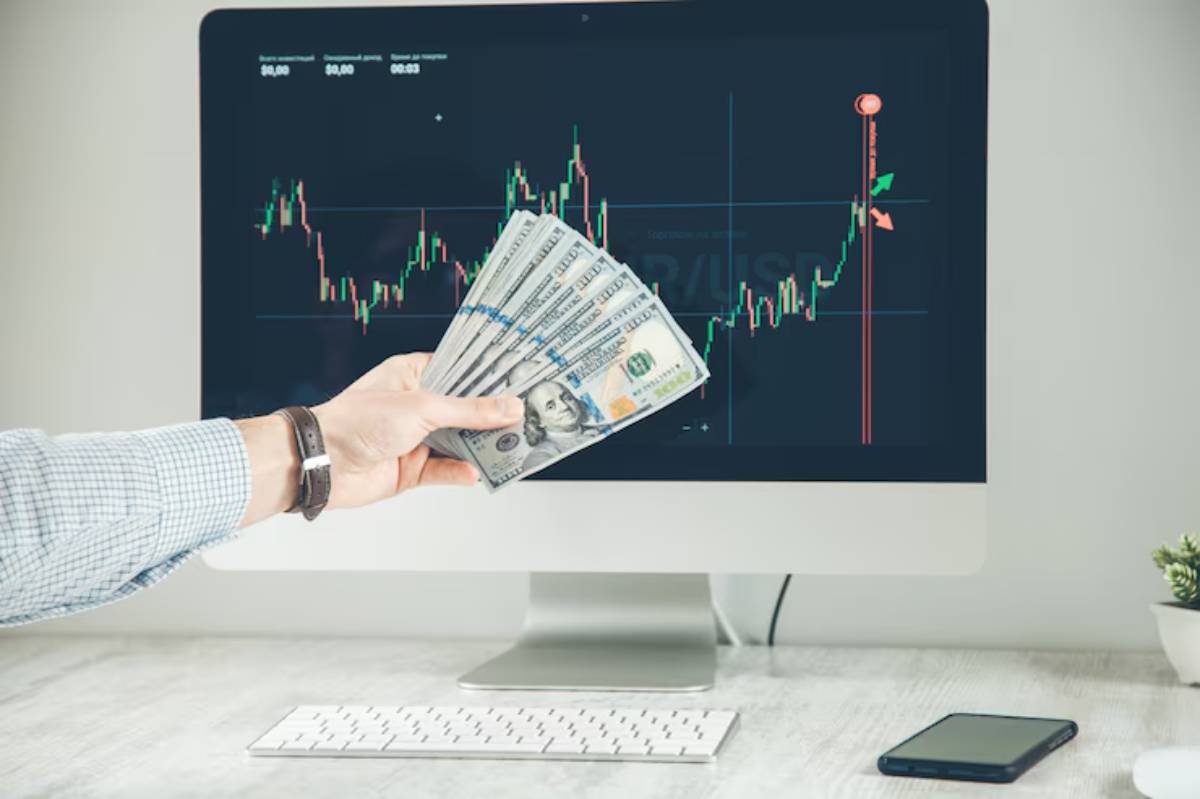
How to Trade ETFs: A Step-by-Step Guide
Imagine diversifying your investments with just one trade. You can gain exposure to different industries, countries, or commodities easily and at a low cost. That’s the magic of Exchange-Traded Funds (ETFs). In today’s increasingly dynamic markets, understanding ETF trading is not just an advantage; it’s a necessity for modern investors.
ETFs are a great way to boost your retir ement savings. They help protect against market ups and downs. Plus, they can help you grow your wealth over time.
In this guide, updated as of 28 April 2025, we’ll walk you through everything you need to know about ETF trading, step by step.
Understanding the Core: What is ETF Trading?
At its essence, an ETF is a type of investment fund traded on stock exchanges, much like individual stocks. These funds combine money from investors to buy a mix of assets. This can include stocks, bonds, commodities, or a combination of these.
Key Characteristics of ETFs:
- Diversification: One purchase gives access to multiple assets.
- Liquidity: ETFs are bought and sold throughout the trading day.
- Cost-effectiveness: Lower expense ratios compared to many mutual funds.
- Transparency: Most ETFs disclose holdings daily.
How ETF Trading Works: Unlike mutual funds, which settle at day’s end, ETFs can be actively traded whenever the market is open. This allows for strategies like limit orders, stop-loss orders, and even intraday trading.
Pro Tip: Always check an ETF’s bid-ask spread before trading. A tighter spread means less money lost in the transaction.
Quick Guide: Checklist Before You Start ETF Trading
Here’s a snapshot of the essential steps:
- Research and choose your ETFs.
- Open a brokerage account.
- Understand the cost structure (commissions, spreads, expense ratios).
- Decide on your trading strategy (buy-and-hold vs active trading).
- Use limit orders to manage buying and selling prices.
- Monitor performance and rebalance periodically.
Step-by-Step Guide to Trading ETFs
1. Define Your Investment Goals

Ask yourself: What are you aiming for? Growth? Income? Risk reduction? Your goal determines the type of ETFs you should consider.
Example: If you’re seeking growth, you might explore technology or emerging market ETFs. For income, dividend-focused ETFs could be the answer.
2. Choose the Right ETFs
Look for ETFs that align with your investment objective. Research their holdings, performance history, costs, and fund size.
Important Tip: Avoid ETFs with extremely low daily trading volumes. Thinly traded ETFs can have large spreads and may be harder to sell quickly.
3. Open a Brokerage Account
Select a platform that offers:
- Access to a broad range of ETFs
- Low (or zero) trading fees
- Easy-to-use tools for research and execution
4. Fund Your Account
Transfer funds from your bank account to your brokerage. Be mindful of any minimum deposit requirements.
5. Place Your First Trade
Use a limit order to avoid price slippage. A market order might get executed faster, but you risk paying more than you intended.
Pro Tip: Place limit orders slightly above or below the current price depending on whether you’re buying or selling.
6. Monitor and Rebalance
Track your ETF’s performance and re-assess your portfolio at least quarterly. Markets shift, and so should your allocations if needed.
Best Practices & Additional Insights

- Watch Out for Fees: While many ETFs boast low fees, trading costs, and hidden expenses can add up.
- Understand Tracking Error: ETFs aim to track an index, but slight differences can occur. Always review a fund’s tracking record.
- Timing Matters: The best time to trade ETFs is mid-morning, when markets have settled but before volume dries up later in the day.
- Diversify Across ETF Types: Mix equity ETFs, bond ETFs, and perhaps commodity ETFs to create a resilient portfolio.
Important Tip: Beware of leveraged and inverse ETFs unless you’re highly experienced. These are designed for day trading, not long-term investing.
FAQs About ETF Trading
What is the minimum amount needed to start trading ETFs?
Many brokers allow you to start with as little as £50 to £100. Some platforms even offer fractional ETF shares.
Are ETFs safer than stocks?
ETFs can be less volatile than individual stocks due to their diversification. However, they still carry market risk.
Can I lose all my money in an ETF?
If an ETF tracks a market sector that collapses entirely, you could lose a significant portion — though complete loss is rare unless using risky products like leveraged ETFs.
How are ETFs taxed?
In the UK, ETFs are usually subject to Capital Gains Tax (CGT) when sold at a profit, but holding them inside an ISA or SIPP can shield you from taxes.
Your First Step into ETF Trading Awaits
Trading ETFs is a smart and flexible way to invest. It suits both cautious beginners and experienced investors looking for efficiency. A clear plan, solid research, and disciplined trading can help you use the stock market to achieve your financial goals.
Ready to begin your journey? Open your brokerage account today. Pick your first ETF. Take your first bold step into investing.